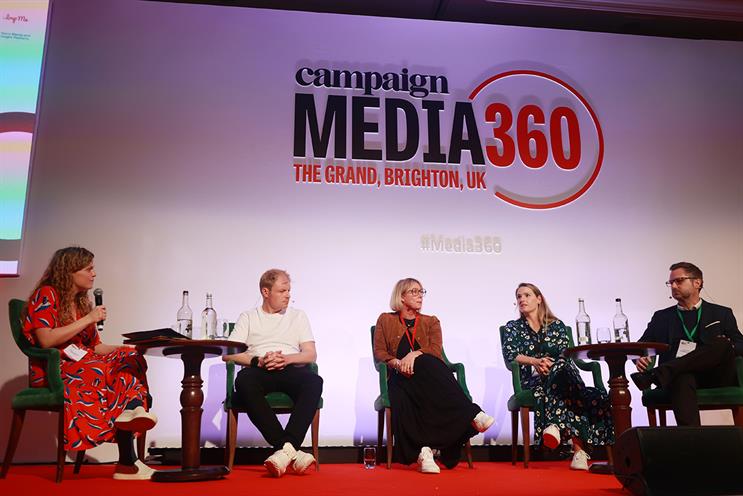
The evolution of online media ecosystems has seen brand safety rise in prominence in recent years, with businesses fighting a battle to ensure their ads don’t appear next to unsuitable or even extremist content.
It is a challenge that brands have been facing since 2017, but meaningful progress is being made, according to Andy Pilkington, the senior director, Europe media activation at Adidas, who was part of an expert panel speaking at the recent Campaign Media 360 conference.
“Five years ago, our main concern was not showing up against inappropriate content. That’s still an ongoing concern, but we’re much closer to fixing the problem than we were back then,” he said.
“Now, the focus is much more on brand suitability. As a brand, we embody certain values. When we show up next to content that isn’t aligned with those values, it may not be a front-page PR disaster. But it can undermine the effectiveness of the messaging.”
The panel, chaired by Maisie McCabe, Campaign’s UK editor, discussed the importance of brand suitability and ensuring that communications between teams are ongoing.
“You need to have that conversation across the different teams in the brand. Even the simplest conversation around viewability, for instance, is impacted by inclusion and exclusion lists,” said Natalie Bell, the chief executive officer of Manning Gottlieb OMD
“We have to make sure that everyone in the client is signed up to that, so that the company as a whole understands that we are working in its interests.”
Blocklisting has become a commonly-used tool in the effort to keep brands safe. But Amanda Tushingham, industry director retail at Teads, said her company is working with its brands to reduce how often it is using blanket blocklisting due to the negative impact it can have on campaign performance.
“We all witnessed the huge spike in traffic towards news sites online during the pandemic. Yet web brands were actively blocking COVID in terms of their contextual blocklists. They weren’t appearing next to this great content.”
Craig Fryer, head of media at Reckitt Benckiser, spoke about the importance of close partnerships and absolute clarity around where brands are comfortable for their ads to appear. “We need to make sure our digital partners have the policies and the strategy in place so they are very clear what they will allow to be monetised and uploaded onto their platforms.
“We look at investment trends and eyeballs in the industry and we know that there is more focus on digital channels, we know they’re growing and we know there’s more risk.”
McCabe put it to the panel that, rather than being an issue that exists exclusively in digital, there are risks across other advertising channels. Bell agreed that was the case, bringing up the example of organised online pile-ons designed to harm a brand’s reputation.
“Out-of-home’s pretty safe. But I think that anything carries a risk for how you show up. What’s interesting is what someone mentioned earlier, cancel culture. In a world of authenticity, I have clients that have been subject to trolling with hashtags of #gowokegobroke. So, there’s always an implication to the way you behave.
“You have to decide how you are going to react in those moments. You can allow your audience to challenge that for you, but the leadership doesn’t always support that. So, it can be quite nerve-wracking for an organisation.”
Pilkington brought the conversation back to responsibility and the importance of carefully considering where brands place their ad spend. “We’re really thinking more and more about how we invest in responsible media. It’s not just about making sure the media is effective. It’s also about making sure it’s ethical and responsible. And if you look at outdoor, for example, you can tell a good story about how it’s giving back to the community it’s in. It’s sometimes literally funding the local government.
“That’s quite a big contrast with some of the digital media owners who are developing platforms that, well, the jury’s out but that are definitely having some negative as well as positive impacts. But from an advertising point of view, there’s a positive way to tell this. It’s not just about risk, it’s about media we can buy that’s not only brand safe but is also contributing to society.”
In her closing remarks Tushingham said the industry has a responsibility to make informed decisions that will positively benefit brands.
“We see, at Teads, five times the impact on brand benefits for brands that do choose to have quality inventory and who work with quality publishers, brands that take a responsible media approach. That really does have a positive impact on brand. So, it’s worth having that conversation about responsibility with your clients.”



